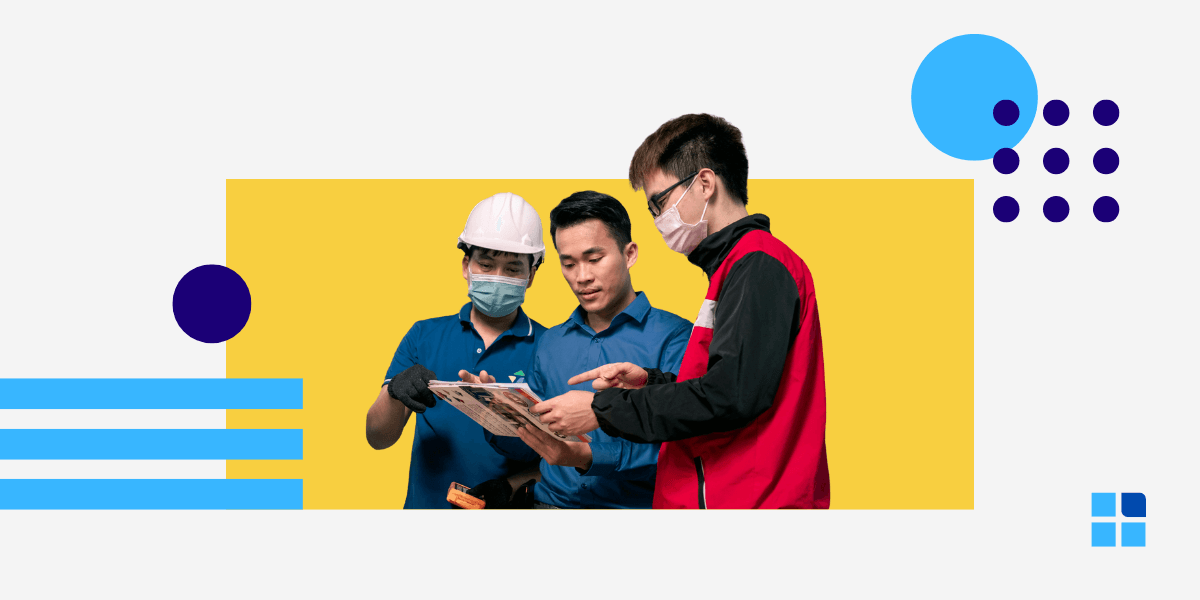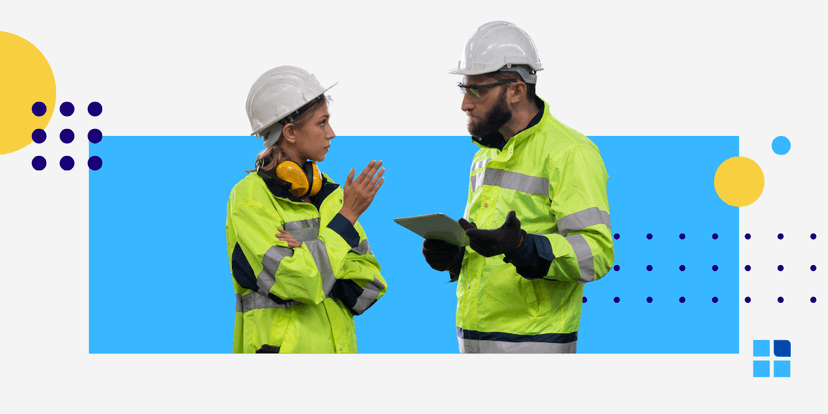In the relentless pursuit of operational excellence, manufacturers constantly seek methodologies that drive efficiency and elevate quality. At the heart of lean manufacturing lies the Toyota Production System (TPS), a framework renowned globally for its effectiveness. Central to this system is the Toyota 3M model (Muda, Mura, and Muri). This powerful trifecta guides organizations in identifying and eliminating waste, unevenness, and overburden, thereby fostering a culture of continuous improvement.
The Toyota 3M model goes beyond simple theory; it offers a practical perspective to examine every aspect of production processes and business processes. By systematically addressing Muda (waste), Mura (unevenness), and Muri (overburden), companies can streamline processes, enhance employee well being, and ultimately achieve increased customer satisfaction.
This comprehensive guide will delve into the intricacies of the Toyota 3M model, breaking down each 'M' with actionable insights. We will explore how its principles, when applied diligently, can transform your organization, leading to a more efficient, responsive, and resilient operation committed to continuous improvement.
Breaking down the Toyota 3M model: Muda, Mura, and Muri
The Toyota 3M model offers a comprehensive perspective on the obstacles to efficiency. These three Japanese terms represent distinct, yet interconnected, categories of inefficiency that the Toyota Production System aims to eliminate. To truly grasp lean thinking, one must first understand each component of the 3M model.

Muda (Waste)
Muda refers to any activity that consumes resources but does not add value from the customer's perspective. In other words, it represents non-value added activities for which the customer is not willing to pay. To eliminate Muda is the primary focus of many lean manufacturing initiatives, as reducing waste is crucial for efficiency.
The Toyota Production System commonly identifies eight types of Muda:
- Defects: Products or services that are faulty and require rework or scrap.
- Overproduction: Producing more than what customer demand dictates, leading to excess inventory.
- Waiting: Idle time for workers or equipment caused by bottlenecks or lack of materials.
- Non-utilized skills: Failing to use the full capabilities, creativity, or intelligence of employees.
- Transportation: Unnecessary movement of materials or products.
- Inventory: Excess inventory of raw materials, work-in-process, or finished goods.
- Motion: Unnecessary movement by people, such as searching for tools or parts.
- Excess processing: Doing more work on a product than is required by the customer.
Lean tools to combat Muda
To systematically identify these wastes form, organizations use numerous tools. Value Stream Mapping (VSM) is a particularly effective tool, as it visually charts the entire flow and helps identify areas of Muda, Mura, and Muri in business processes. Other key tools include:
- 5S: This method of workplace organization (Sort, Set in Order, Shine, Standardize, Sustain) directly tackles waste by eliminating unnecessary items, reducing motion, and creating a visual management system where problems are easily spotted.
- Kanban: This is a signalling system that helps manage workflow and limit work-in-process. It's a key part of a pull system that directly prevents overproduction.
Mura (Unevenness)
Mura refers to unevenness or irregularity in production processes or production schedules. It describes fluctuations not caused by external factors but by internal inconsistencies. This is often caused by variations in customer demand or inconsistencies in process steps. Addressing Mura is key to creating a smooth flow.
Uneven workloads often lead to Mura. This could manifest as fluctuating production volumes day-to-day, inconsistent work methods, or batch processing instead of a continuous flow. Mura creates peaks and valleys in resource utilization, making it difficult to maintain a consistent pace.
Lean tools to combat Mura
A primary goal of the Toyota 3M model is to level out these inconsistencies using specific lean principles:
- Heijunka (production leveling): This is the cornerstone tool for fighting Mura. It involves levelling production schedules to produce a consistent mix and volume of products over time, rather than in large, disruptive batches.
- Just-in-time (JIT): This principle aims to produce only what is needed, when it is needed. JIT directly supports a smooth flow by reducing the batch sizes that cause unevenness.
- Continuous flow (one-piece flow): By moving one product at a time between processes, you eliminate the batches that create Mura, smoothing out the entire production sequence.
Muri (Overburden)
Muri describes overburden or unreasonableness imposed on people or machines. It occurs when demands exceed the capacity of resources, forcing overworked employees or equipment to operate beyond their sustainable limits. This not only compromises worker safety but also impacts quality and efficiency.
Examples of Muri include requiring operators to perform physically straining tasks, pushing machines beyond their design capacity, or creating unrealistic production schedules. Muri directly undermines employee well being and the reliability of your production processes.
Lean tools to combat Muri
The Toyota 3M model emphasizes that addressing Muri is crucial to prevent overworked employees. Key tools include:
- Standard work: By creating clear, balanced, and ergonomically sound work instructions, you ensure that tasks are reasonable and can be performed safely and efficiently without overburden.
- Jidoka: This concept integrates human intelligence with automated machinery. It allows machines to detect errors and stop automatically, which prevents Muri by not forcing overworked employees to constantly monitor machinery. It also includes autonomous maintenance, where operators maintain their own equipment to prevent breakdowns.
- Ergonomic analysis: Systematically studying the physical demands of a task helps redesign workstations and processes to eliminate strain and prevent injury, which is a direct form of Muri.
The interconnectedness of Muda, Mura, and Muri in the Toyota 3M model
Understanding Muda, Mura, and Muri in isolation is a good start. However, their true power comes from recognizing their interconnectedness within the Toyota 3M model. These three 'M's are rarely found alone; instead, they often feed into one another.
A key insight of lean thinking is that the presence of Mura often leads to Muri, which in turn causes Muda to occur. For example, if production schedules are uneven (Mura), some periods will demand high output.
This rush creates overburden (Muri) on employees and machines. This Muri then generates waste (Muda) in the form of defects from hurried work, waiting time for overloaded machines, and excess inventory built to compensate for rushes.
Conversely, attempts to combat Muda without addressing Mura or Muri can be counterproductive. The Toyota 3M model advocates for a holistic lean approach. A system free of one 'M' but plagued by the others will never achieve true operational excellence.
Achieving continuous improvement with the Toyota 3M model
At its core, the Toyota 3M model is a relentless pursuit of continuous improvement. Fostering a culture of continuous improvement empowers employees at all levels to identify and implement incremental improvements daily. This iterative process of reducing waste has profound impacts on performance.
Focusing on the Toyota 3M model allows companies to:

- Reduce lead times and cycle times: By removing waste like unnecessary movement and waiting, and by smoothing out schedules (Mura), the time it takes for a product to move through the production line significantly decreases. Shorter lead times and optimized cycle times mean faster delivery.
- Improve quality: Muri (overburden) on employees often leads to mistakes. By preventing overworked employees and stabilizing workloads, the quality of work naturally improves. The Toyota 3M model supports a culture where teams improve quality as part of the process.
- Enhance resource utilization: Addressing Mura and Muri ensures that both human resources and equipment are used efficiently and sustainably. This avoids periods of idleness and overwork.
- Increase customer satisfaction: Ultimately, streamlining operations through the Toyota 3M model leads to a more reliable, higher-quality product delivered faster. This translates directly into increased customer satisfaction.
Empowering teams to identify and solve problems on their own fosters an environment of innovation and adaptability, which is essential for long-term success.
Beyond the production line: Applying the Toyota 3M model to other areas
While deeply rooted in the Toyota Production System and its origins on the production line, the universal principles of the Toyota 3M model extend far beyond manufacturing processes. Companies across various industries have successfully applied the 3M model to optimize processes and improve operational flow.
In administrative processes, for instance, Muda can take the form of excess processing like unnecessary approvals or redundant data entry. Mura might appear as uneven workload distribution among staff, leading to rush periods followed by idleness.
Muri could be evident in staff constantly working overtime or dealing with poorly designed systems that create frustration. Therefore, leading to overworked employees.
Applying the lean approach to these areas involves identifying these inefficiencies. The goal remains the same: reducing waste, levelling out workflows, and removing burdens to create a smooth flow and improve overall efficiency. Embracing the Toyota 3M model across the entire enterprise ensures that the pursuit of operational excellence becomes a shared goal.
Start your journey towards operational excellence
The Toyota 3M model (Muda, Mura, Muri) provides an indispensable framework for any organization striving for operational excellence. By systematically eliminating waste, unevenness, and overburden, businesses can significantly enhance their production processes, improve quality, and foster a culture of continuous improvement. This disciplined lean approach not only optimizes efficiency but also supports employee well being and leads to increased customer satisfaction.
To effectively manage the incremental improvements and larger process improvement projects identified through applying the Toyota 3M model, a robust system is essential. LeanSuite's Kaizen and Project Management System is designed precisely for this purpose. It supports and fosters a culture of continuous improvement, whether you are documenting small Kaizens or large-scale projects aimed at tackling Muda, Mura, and Muri. This system helps you to implement more improvements faster, turning the insights from your 3M analysis into tangible, sustainable gains.







